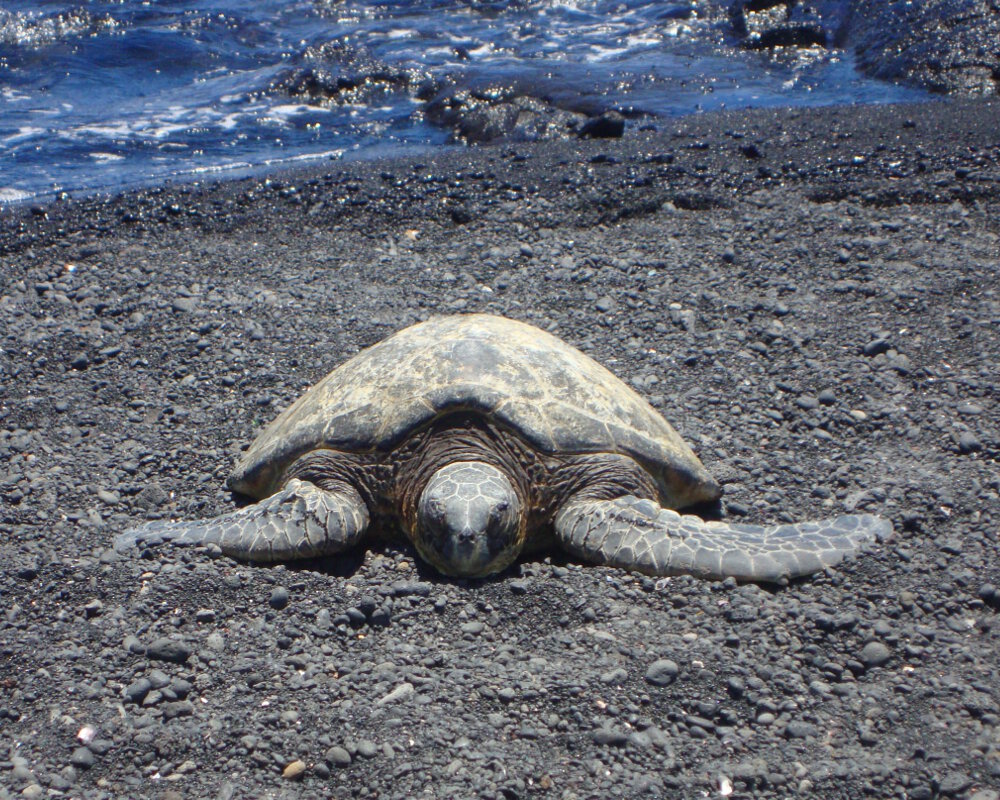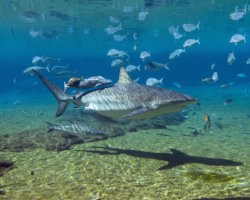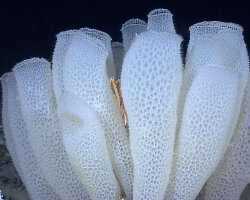Sealife guideThe kemp's ridley sea turtleLepidochelys kempii
Last updated on 02/21/2025 at 07:08 PM
The Kemp's ridley sea turtle is one of the seven existing species of sea turtles. Although it is the smallest of all sea turtles, measuring around 2 to 2.3 feet in length, it is also one of the most endangered. This species exhibits unique biological characteristics and fascinating behaviors, including its nesting phenomenon known as
arribada, which warrants special attention for its conservation. This phenomenon, although relatively infrequent, is at the heart of the Kemp's ridley turtle's reproductive strategies, but the species faces growing threats, including habitat loss and marine pollution.
Taxonomy
- Common name: Kemp's ridley sea turtle, Atlantic ridley sea turtle
- French name: Tortue de mer de Kemp
- Spanish name: Tortuga golfina
- Scientific name: Lepidochelys kempii (Garman, 1880)
- Family name: Cheloniidae
- Order name: Testudines
- Class name: Sea reptiles
Description
The Kemp's ridley sea turtle is identifiable by its rounded, grayish-green shell. The shell of the Kemp's ridley is relatively smaller compared to other sea turtle species, measuring between 24 and 28 inches in length and typically weighing between 77 and 110 pounds as an adult.
Geographic range
The Kemp's ridley sea turtle is found in the warm tropical and temperate waters of the northwest Atlantic ocean, off the coasts of
Florida and Mexico, as well as in the Gulf of Mexico and the Caribbean sea.
Habitat
The Kemp's ridley sea turtle is primarily found in coastal habitats but also ventures into the open ocean for extended periods.
Diet
The Kemp's ridley sea turtle is primarily carnivorous, feeding mainly on small
crustaceans, jellyfish, and fish.
Reproduction
The vast majority of female Kemp's ridley turtles gather simultaneously in large numbers on the same tropical beach along the Gulf of Mexico's coast to lay their eggs in a nest dug in the sand. This phenomenon is known as «
arribada ». A major nesting site where the phenomenon of «
arribada » occurs in the Gulf of Mexico is located at Rancho Nuevo. After the eggs hatch about two months later, the hatchlings return to the sea, but predators are also waiting.
The «
arribada » typically occurs from June to November, a period when females come to lay between 100 and 150 eggs each. This phenomenon is particularly remarkable in Kemp's ridley turtles and is a key factor in the species' survival dynamics. However, the frequency and size of the
arribadas have decreased due to human activities such as construction, tourism, pollution, and climate change, including heatwaves or storms.
Did you know ?
The Kemp's ridley sea turtle is the rarest of all sea turtle species.
The kemp's ridley sea turtle is listed as many other marine species within The
IUCN Red List of threatened species. The kemp's ridley sea turtle appears in the
IUCN Red List since 2019 within the category Critically Endangered !
Within the same genus
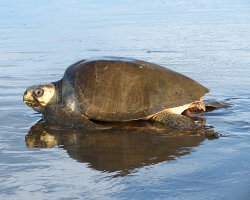
Olive ridley sea turtle
(Lepidochelys olivacea)
Within the same family
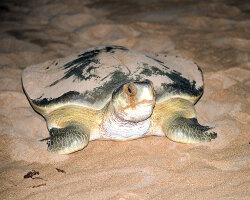
Flatback sea turtle
(Natator depressus)
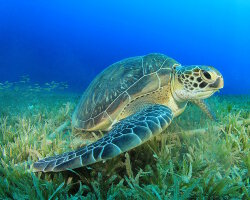
Green sea turtle
(Chelonia mydas)

Hawksbill sea turtle
(Eretmochelys imbricata)
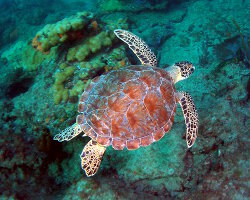
Loggerhead sea turtle
(Caretta caretta)
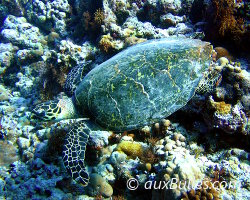
Sea turtle
(7 espèces)
Discover also
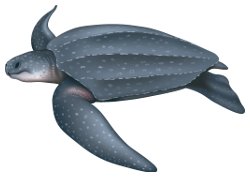
Leatherback sea turtle
(Dermochelys coriacea)
The marine species from northwestern Atlantic ocean

Ballyhoo
(Hemiramphus brasiliensis)
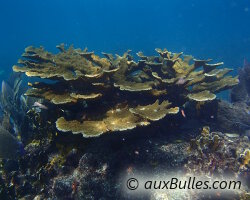
Elkhorn coral
(Acropora palmata)

Long-spined sea urchin
(Diadema antillarum)

Sand tilefish
(Malacanthus plumieri)
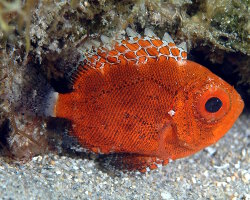
Short bigeye
(Pristigenys alta)

Spanish hogfish
(Bodianus rufus)
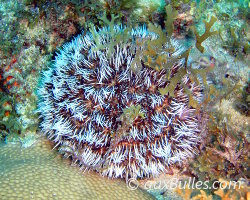
West Indian sea egg
(Tripneustes ventricosus)
Best dive destinations

A stop in Barcelona

A visit to the Getty Center

A walk down Ocean Drive

Alcatraz island
Dive centers
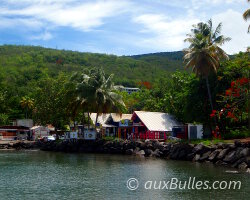
'Les Ilets' dive center
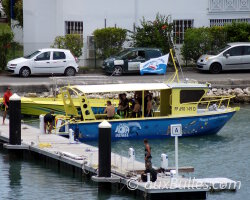
Noa dive center

Sea Dwellers Dive Center








